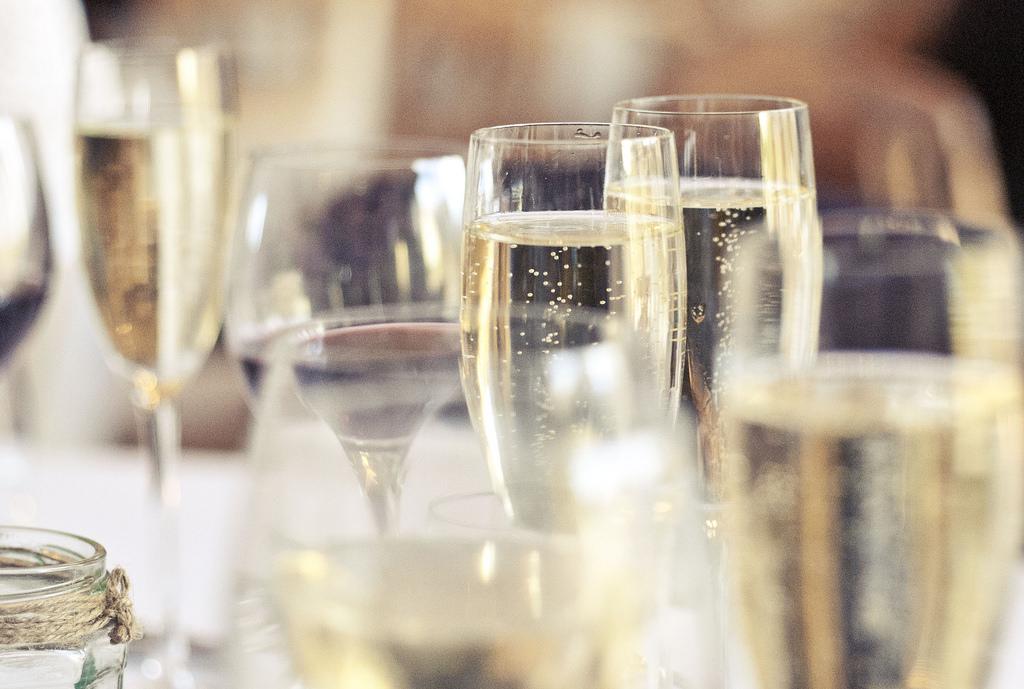


A wine column by Darren Willmott
Whether it’s a drink that makes you thirst or curse, there’s no denying that the biggest sparkling wine success of the last ten years has been the surge in popularity for Prosecco. Majestic recently stated that it was selling ten times more bottles than the well-established Champagne brands. This wasn’t always the case though and as recently as ten years ago Spain must have felt fairly safe in the knowledge that they had the ‘sparkling-alternative-to-Champagne’ market sewn up with Cava. Made in a similar style to Champagne, but without the prestige of Moét-level brand recognition, they were able to produce fairly similar results at significantly lower prices. Whilst also a sparkling wine, outside of artisan producers emulating the Champagne style, Prosecco isn’t made in the same way. The bubbles are added by a carbonation process similar to soft drinks, worlds away from the traditional labour intensive Champagne processes. Instead of fermentation (sugars turning to alcohol) within the bottle itself, Prosecco is made in large tanks and siphoned off to each bottle individually. Without time resting on its yeasty deposits, the creamy richness found in Champagne is lost, but gives Prosecco its youthful and vibrant quality, expressly intended for immediate drinking. This unfussy immediacy, as well as the reduced pricing through simpler production, has proved incredibly popular with the ever cost-conscious buying public. This is all good for the here-and-now but to ensure a successful future, Prosecco needs to side-step the stigma of simply being a cheaper alternative. Adopted by many a girls’ night out, will the effortless effervescence shortly become a victim of its own success? For all its perceived snobbery, Champagne has actually done a massive amount to protect its brand and, outside of Champagne truffles and the Champagne named sub-regions of Cognac, you literally can’t label anything as ‘Champagne’ unless it comes from the region. This makes perfect sense as, when you buy Champagne, you’re buying into the limited prestige. Prosecco brand preservation seems to have been somewhat sidelined and there is arguably little ongoing value with it being associated with such retail oddments as popcorn, teabags, crisps or nail varnish. Innocently browsing in a bookshop this very week I spotted a Prosecco cookbook – 100 ways to cook with Prosecco. This is a serious brand devaluation. Price-point is another major consideration. Despite such obvious Brexit factors meaning that we import European goods at a higher price, and the fact that the more popular a brand is the more a producer will charge for it, late spring frosts and an inconsistent summer means that recent crops were severely curtailed or variably-ripened. Global wine production in 2017 slumped to a 56 year low and there is simply less to go around. Experts estimate that for affected regions, including Prosecco, prices could rise by as much as 30%. There’s no denying that Prosecco is still very popular but when a brand scales up so quickly there is almost always a quick deflation to follow. Can Prosecco sustain such price rises, lack of availability, and over-exposure through tacky 3rd party products? Is Prosecco now a brand on the run? Cheers! Read Darren’s blog at vinesight.me